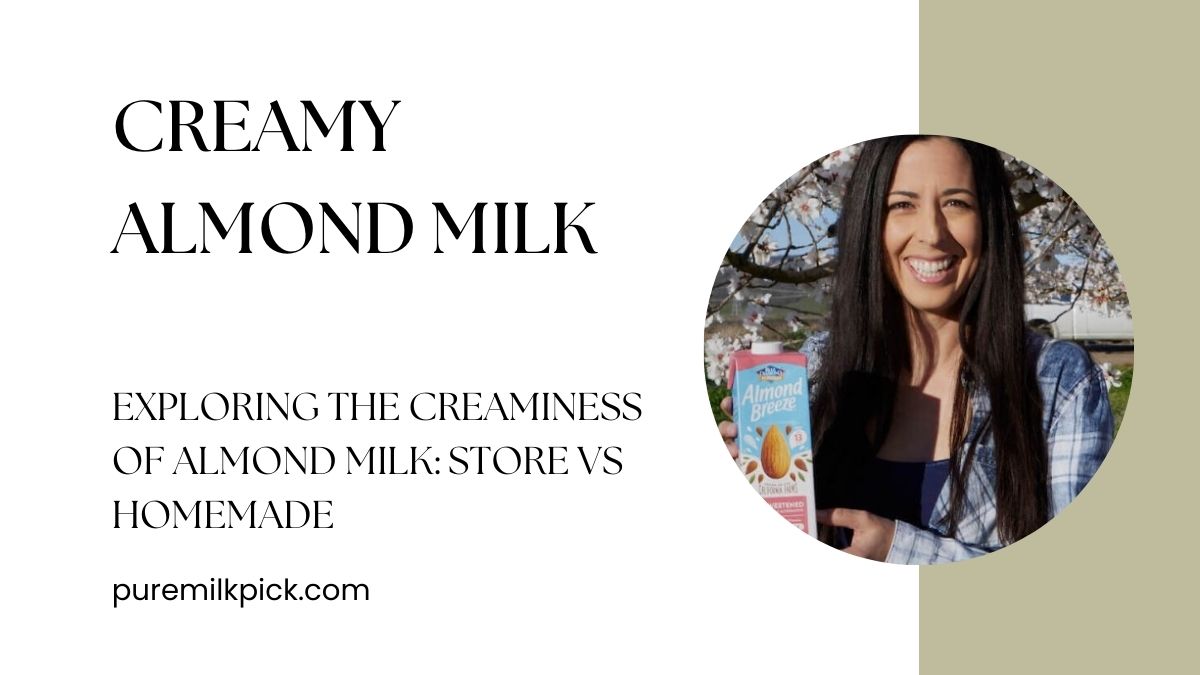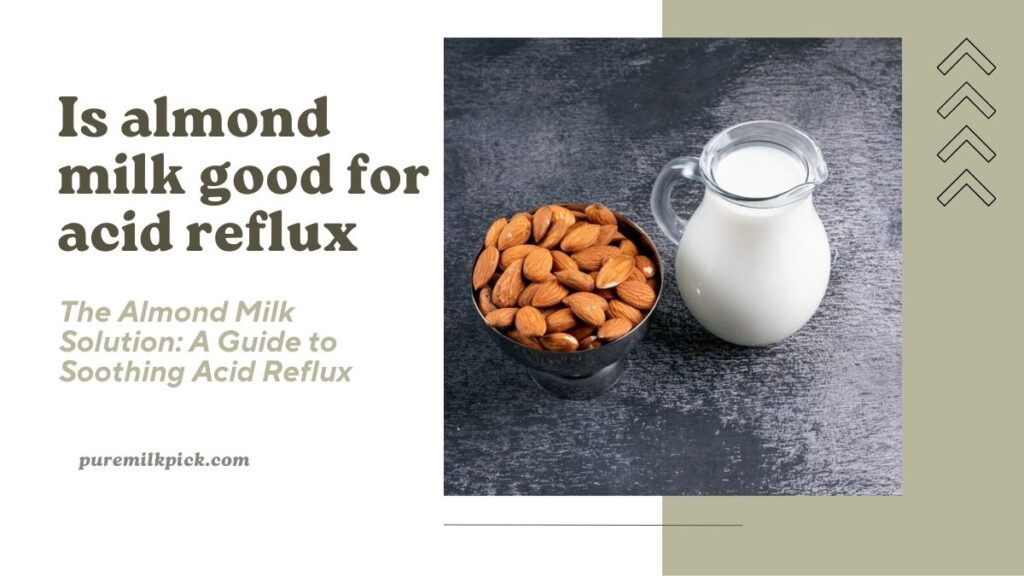Almond milk, a delectable and nutritious plant-based alternative to dairy, traces its origins back to the Middle Ages when it was a staple in medieval kitchens due to its longer shelf life. Made from finely ground almonds and water, this creamy, nutty beverage is not only vegan but also lactose, soy, and gluten-free, lending to its broad appeal.
In recent years, almond milk has seen a surge in popularity, riding the wave of increasing consumer desire for healthier, plant-based alternatives to traditional dairy. Part of its charm lies in its versatility – almond milk can seamlessly blend into your coffee, smoothies, and cereals or just be enjoyed on its own. Its low-calorie and high-nutrient profile makes it a favored choice among health-conscious individuals.
One of the standout aspects of almond milk that has won over many hearts and palates is its rich creaminess. This aspect makes it a preferred substitute in numerous recipes that require a creamy consistency, adding a new dimension of flavor without the extra calories and fats. The creaminess of almond milk can be adjusted based on preference – more almonds mean a thicker, creamier milk, while fewer almonds result in a more watery consistency.
The Making of Creamy Almond Milk
Creating creamy almond milk at home is a simple yet gratifying process, allowing one to adjust the flavor and creaminess to their liking.
The basic process of almond milk production
The basic process involves soaking almonds overnight, draining them, and blending them with fresh water. The resulting mixture is then strained to separate the milk from the almond pulp.
Factors influencing creaminess: almond-to-water ratio, soaking time, blending techniques
The creaminess of almond milk is greatly influenced by the almond-to-water ratio: a higher proportion of almonds creates a thicker, creamier milk. Additionally, the soaking time can impact the creaminess longer soaking tends to yield creamier milk. The blending technique also plays a role; a high-speed blender can help achieve a smoother creamier texture. Lastly, the quality of the ingredients cannot be overstated.
Read More: Organic Almond Milk: A Comprehensive Guide
Importance of high-quality almonds and water in the creaminess of the final product
High-quality almonds and clean water are crucial in determining taste, texture, and creaminess.
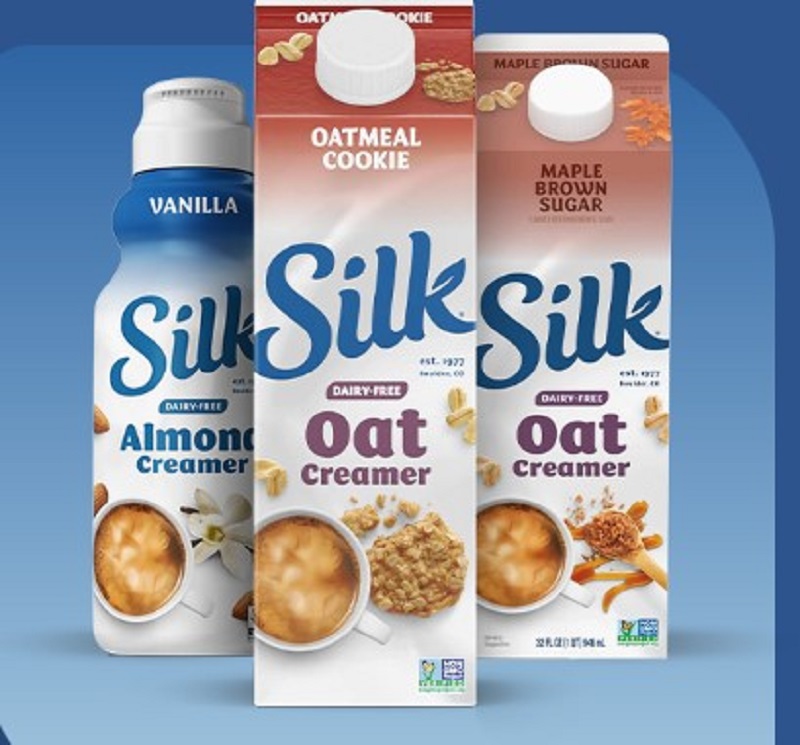
Benefits of Creamy Almond Milk
Nutritional Advantages Over Dairy Milk: Lower in Calories, High in Vitamins and Minerals
Creamy almond milk stands as a nutritionally sound alternative to dairy milk, boasting a lower calorie count and a notable abundance of vitamins and minerals. One cup of unsweetened almond milk contains around 30-50 calories, compared to around 150 calories in whole dairy milk. Furthermore, almond milk is rich in Vitamin E, a potent antioxidant, and also provides a good amount of calcium and Vitamin D. It’s worth noting, however, that while almond milk is low in protein compared to dairy milk, it is easily supplemented in a balanced diet.
Creaminess Enhancing the Taste and Versatility of Almond Milk in Various Recipes
The creaminess of almond milk adds a distinctive taste and texture that enhances a wide range of recipes. Its smoothness makes it an excellent base for smoothies, adding a velvety touch without overpowering other ingredients. In baking, almond milk provides moisture, binding and leavening properties, while imparting a subtle, nutty flavor. The creaminess of almond milk also works wonders in savory dishes like creamy soups and sauces, where it lends a luxurious texture without the need for heavy creams.
Suitable for Lactose Intolerance and Vegan/Vegetarian Diets
Almond milk’s plant-based nature makes it a suitable choice for those with special dietary preferences or requirements. It is completely lactose-free, making it a suitable option for those with lactose intolerance who still want to enjoy the creaminess of milk. Furthermore, as a plant-based milk, it is entirely suitable for vegan and vegetarian diets. Its wealth of nutrients and ability to mimic the texture and versatility of dairy milk make it a popular choice for those looking to balance dietary restrictions with culinary enjoyment.
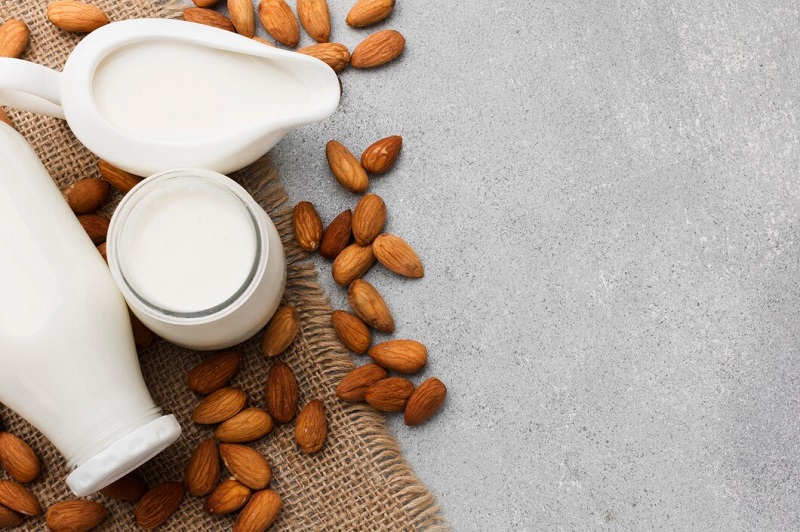
Improving Creaminess: Tips and Tricks
If you’re seeking a creamier texture for your homemade almond milk, there are several natural thickeners you can experiment with.
Adding Natural Thickeners: Dates, Coconut Oil, or Oat Flour
Dates are a natural sweetener that can contribute significantly to the creaminess of your almond milk. They can be pitted and soaked alongside the almonds to soften them for blending. Coconut oil, when emulsified properly, can add a silky texture and a slight tropical note to your almond milk. Adding a small amount of oat flour can also increase the creaminess, but remember to strain your milk well to avoid a gritty texture.
Experimenting with Flavor Enhancers: Vanilla Extract, Cinnamon, Nutmeg
Flavor enhancers like vanilla extract, cinnamon, and nutmeg can add depth and complexity to your almond milk. A teaspoon of vanilla extract or a dash of cinnamon or nutmeg can transform your almond milk into a flavor-packed, aromatic beverage.
Straining Techniques for a Smoother Texture
The straining technique plays a crucial role in determining the final creaminess of your almond milk. Using a fine-mesh bag or a nut milk bag and pressing gently to extract the milk can help achieve a smoother texture. Remember to strain your milk well to remove any grainy residue for a truly creamy finish.
These simple techniques can elevate your homemade almond milk, enhancing its creaminess and flavor. So go ahead, experiment with these tips, and tailor your almond milk to your taste!
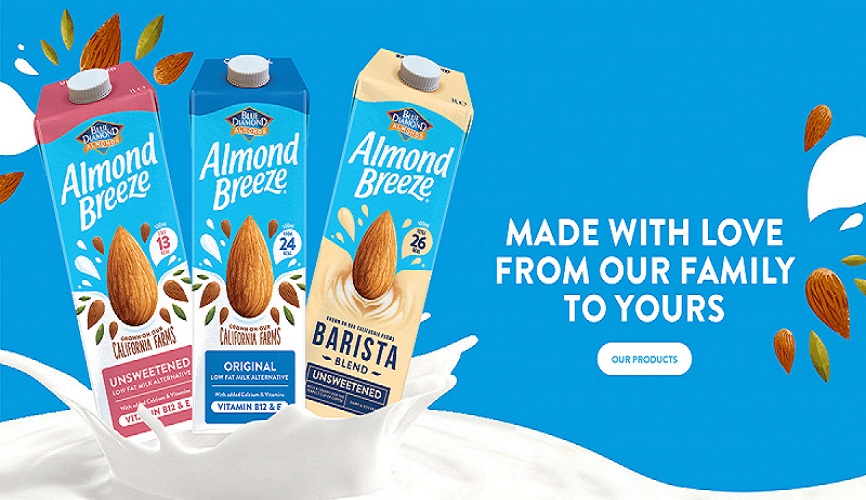
Culinary Uses and Recipes
Creamy almond milk is a versatile ingredient that can be used in a variety of culinary applications.
Its mild, nutty flavor and velvety texture make it a fantastic addition to coffees, teas, and smoothies. Whether used as a creamer for your morning coffee or blended into a fruity smoothie for an afternoon pick-me-up, almond milk adds a smooth, creamy touch that enhances without overpowering.
In cooking and baking, almond milk proves its versatility. It can be utilized in soups and sauces to lend a rich, creamy texture without the need for heavy creams. In baking, it can replace dairy milk in most recipes, adding moisture and a subtle nutty note to cakes, muffins, and cookies.
Here are a few featured recipes that showcase the creamy texture of almond milk:
- Creamy Almond Milk Smoothie: Blend 1 cup of creamy almond milk, 1 ripe banana, a handful of spinach, and a drizzle of honey for a nutritious, creamy, and utterly delicious smoothie.
- Almond Milk Bechamel Sauce: In a saucepan, melt 2 tablespoons of vegan butter, stir in 2 tablespoons of flour, and cook until golden. Gradually whisk in 2 cups of creamy almond milk and continue to cook, whisking constantly until thickening. Season with salt, pepper, and a pinch of nutmeg for a dairy-free version of this classic sauce.
- Vegan Almond Milk Pancakes: Combine 1 cup of flour, 1 tablespoon of sugar, 1 tablespoon of baking powder, and 1/2 teaspoon of salt. In a separate bowl, whisk together 1 cup of creamy almond milk, 1 tablespoon of apple cider vinegar, and 2 tablespoons of vegetable oil. Mix the wet ingredients into the dry until just combined, then ladle onto a hot griddle. Cook until golden on both sides, flipping once. These pancakes are fluffy, tender, and perfect with a drizzle of maple syrup!
With a bit of creativity, the creamy, nutty goodness of almond milk can be highlighted in a variety of delicious dishes and beverages.
Brands and Products Spotlight
Reviewing popular almond milk brands known for creaminess
- Almond Breeze: Pioneering Creaminess
Almond Breeze, a brand by Blue Diamond, is globally recognized for its creamy almond milk. This brand combines ripened, carefully selected almonds with a unique, proprietary process, producing non-dairy milk that rivals the creaminess of traditional dairy milk.
- Silk: A Household Name in Plant-Based Milk
Silk’s almond milk stands out for its velvety texture and subtle, nutty flavor. Known for its commitment to sustainable practices, Silk ensures that every carton of almond milk not only offers ultimate creaminess but also contributes to a healthier planet.
- Califia Farms: Championing Artisanal Quality
Califia Farms is known for its artisanal approach to plant-based milk. Their almond milk is sustainably sourced and crafted in small batches, resulting in a creamy, rich-tasting beverage that’s a fantastic dairy alternative.
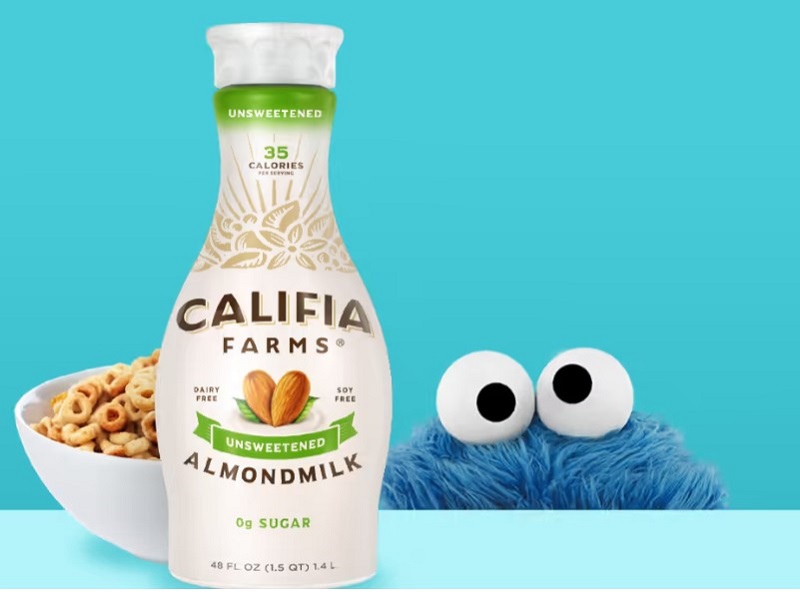
Comparison of store-bought vs. homemade almond milk in terms of creaminess and flavor
- Homemade versus Store-bought: A Showdown of Flavor and Texture
When it comes to comparing store-bought vs. homemade almond milk, both have their unique advantages. Store-bought almond milk usually comes fortified with vitamins and minerals and offers a consistently creamy texture. Brands like Almond Breeze, Silk, and Califia Farms have mastered the art of almond milk production, guaranteeing a product that delivers on both taste and texture. On the other hand, homemade almond milk allows for the customization of creaminess and flavor. By adjusting the number of almonds, the choice of thickeners, and the straining process, you can tailor your almond milk to your exact preferences, creating a beverage that’s uniquely yours.
Conclusion
Almond milk is a versatile, flavorful, and accessible alternative to dairy milk, with creaminess and taste that rivals traditional milk. Exploring techniques like adjusting the almond-water ratio, incorporating thickeners, and experimenting with flavor enhancers can yield homemade almond milk tailored to your unique taste preferences. Culinary applications of almond milk are vast and varied, demonstrating its adaptability in both savory and sweet recipes. Meanwhile, reputable brands like Almond Breeze, Silk, and Califia Farms offer ready-to-enjoy versions of this dairy alternative that retain a creamy, rich texture and enjoyable nutty flavor. Ultimately, whether you opt for store-bought or homemade, almond milk promises a creaminess and flavor versatility that can enhance your culinary experience.
Frequently Asked Questions
Yes, almond milk can generally be used as a 1:1 substitute for dairy milk in most recipes. However, because it has a distinctive nutty flavor, it may alter the taste profile of the dish slightly. Always consider the flavor profile of your dish when deciding to substitute.
Commercial almond milk brands often use thickeners and emulsifiers to achieve a consistently creamy texture. For creamier homemade almond milk, try increasing the quantity of almonds, blending longer, or adding natural thickeners like dates or oats.
Store-bought and homemade almond milk both have their benefits. Homemade almond milk usually contains fewer preservatives and additives, and you control the ingredients and sweetness. However, store-bought almond milk is often fortified with vitamins and minerals that homemade versions might lack.
